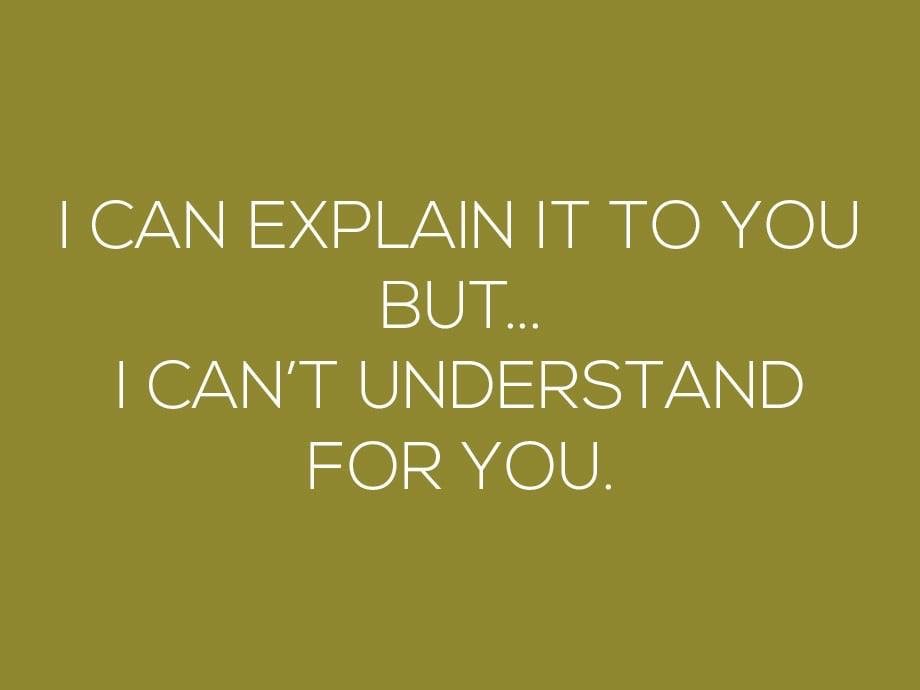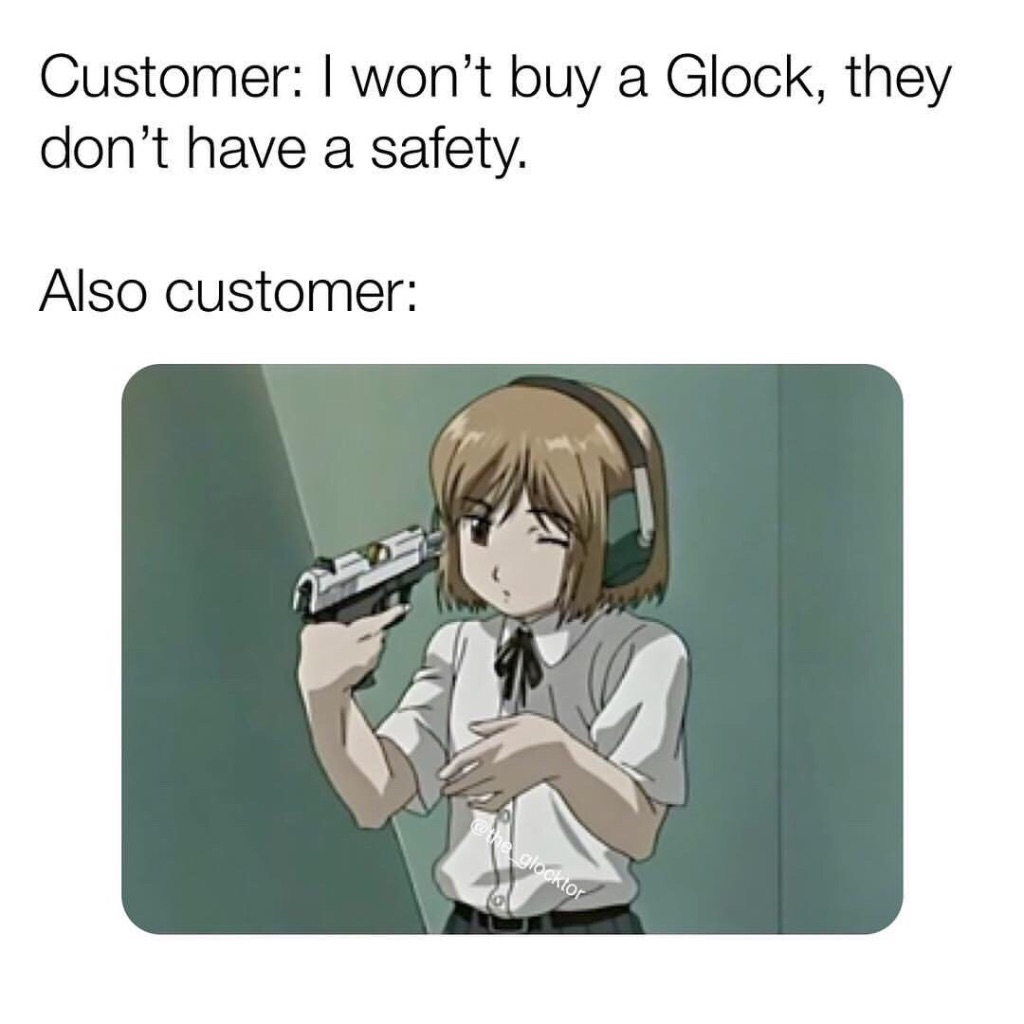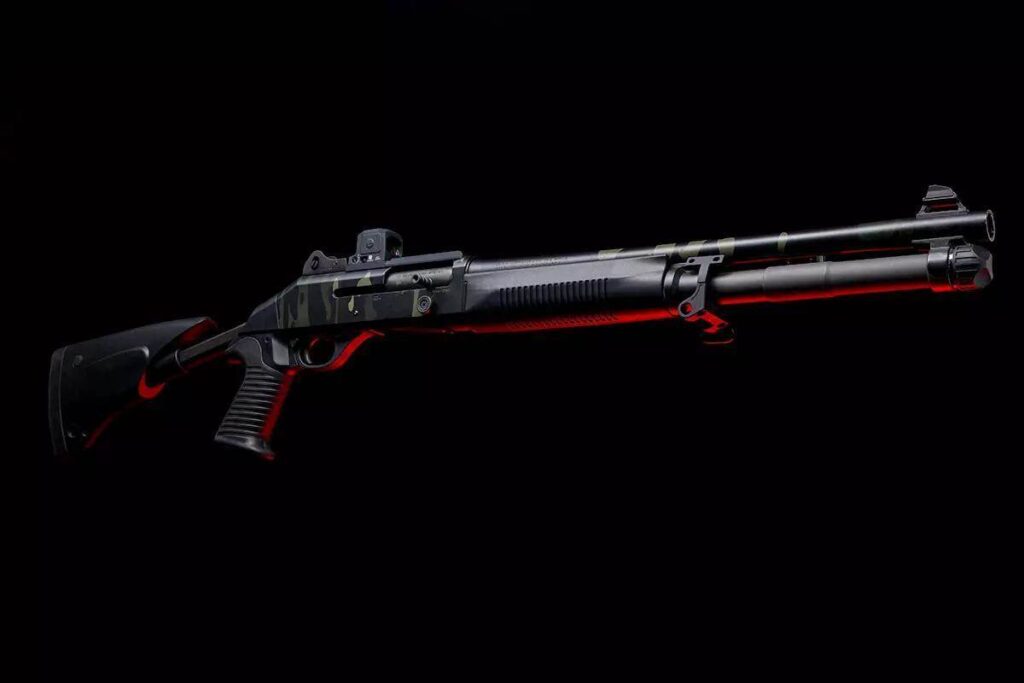
I believe in the Second Amendment…
But…
But nothing.
As a human being you are endowed with the inalienable right of self defense and as such are able to bear arms, training, and take appropriate actions for the protection of yourself, your family, and your community.
Advertisement — Continue Reading Below
Defense of you and yours is as natural an act as eating and breathing.
But the title?
Yes, not everyone should have a gun. That has nothing to do with the right.
Advertisement — Continue Reading Below
In short there is a segment of our population who lack the capacity to safely utilize arms.
This is a deficiency in our adult education. Similar deficiencies are lacking the ability to cook simply at the least, work appliances to clean and maintain the living space, and perform simple maintenance.
Advertisement — Continue Reading Below
There is nothing wrong with letting an individual more skilled in a trade or craft do their work but total dependence upon others is a weakness we have allowed to seep to deeply.
When we’re looking at it from the perspective of firearms training, there are owners who should not be. These owners should recognize this and correct it.
Not give up guns, they should close the knowledge gap.
Advertisement — Continue Reading Below
There are three tiers I want you to think of for ownership standards.
- Safety
2. Proficiency
Advertisement — Continue Reading Below
3. Competence
The first two are fairly firm standards while the third is subjective to the task.
Safety
Advertisement — Continue Reading Below
Safety is the minimum standard one should hold themselves to prior to ownership. It should be an easy skill and a desirable one even if you hold no interest in owning a firearm or using one regularly (or ever).
If you happen to come into contact with a firearm knowing the 4 rules and how to clear and safe a firearm make the situation immeasurably less tenuous when it comes to your safety. The gun isn’t a foreign nebulous object anymore. Its a tool like your drill, a coffee pot, the oven, or cleaning chemicals.
The four rules:
Advertisement — Continue Reading Below
- Treat the firearm as if it is loaded. Pulling the trigger will fire it.
- Never point the firearm at anything you are not will to destroy.
- Keep your finger off of the trigger unless you intend to and are ready to fire.
- Know what your target’s foreground and background. What can be hit between you and the target and beyond the target when the shot is fired.
If you own a firearm and these rules are new to you then welcome to catch up.
If you know these rules and don’t apply them… you done goofed… and you shouldn’t own a gun until you can apply them.
I won’t go into clearing and safe for firearms because each firearm model is a bit different, but they generally fall into categories. Reference the firearm’s manual for the proper methods.
Advertisement — Continue Reading Below
Proficency
Proficiency is the standard by which you can operate the firearm. Not only are you safe with the gun but you understand how to mechanically operate it.
You can load the firearm. You can unload the firearm. You understand the firearm’s controls and what each does. You can maintain the firearm.
Proficiency doesn’t demand you know each and every part of a firearm. It does not mean you know the average part life (round count) or how to disassemble the weapon completely.
Proficiency doesn’t even demand you be a particularly good shot, just a safe one.
In addition to the safety standard a proficient user should be able to
- Load the firearm safely
- Fire the firearm safely with a reasonable degree of accuracy to ensure safety
- Unload the firearm safely
- Perform the full owner/operator maintenance procedure on the firearm. Clean, lubricate, function check.
To be succinct, being a person safe with a firearm and being a person proficient with a firearm, in this 3 tier analysis, have nothing to do with knowing how to shoot well.
Competence
The final stage of ownership is competence. This is where safety and proficiency are tied to a specific task. That task could be concealed carry, home defense, turkey hunting, or going down range in Afghanistan.
Proficiency with the device and competence with the task. Have you trained the skills necessary to succeed at the given task. Have you sought the necessary background information and honed the skillset to perform the task on demand.
On a turkey hunt this is when the bird appears and you judge the range, wind, target background, etc. all to be acceptable to take a shot at the bird successfully and bag your game.
For concealed carry this would mean your manner of dress, manner of carry, awareness, attitude, and smooth use of your equipment all lend themselves to being safe day to day and successful if the need arise to engage your concealed sidearm.
Self reflection time. Are you safe? Are you proficient? Are you competent?
If you answer yes to all three. Excellent, keep training.
If you answer no to the last one. Fine, seek training to correct that and accomplish your task. You are still more than reasonably able to own a firearm.
If you answer no to the last two. Fine, seek training to correct proficiency and then move onto competence. There is nothing wrong with only knowing how to be safe with a firearm. You’re still capable of being a safe owner, know your limits however.
Until you reach one of the subsequent levels I would not use your gun, especially for defense, except in the most dire of circumstances.
If you answered no to all three you should not own a firearm.
If you lied to yourself about any of the three levels you should not own a firearm.
But your right to own a firearm remains unchanged.















